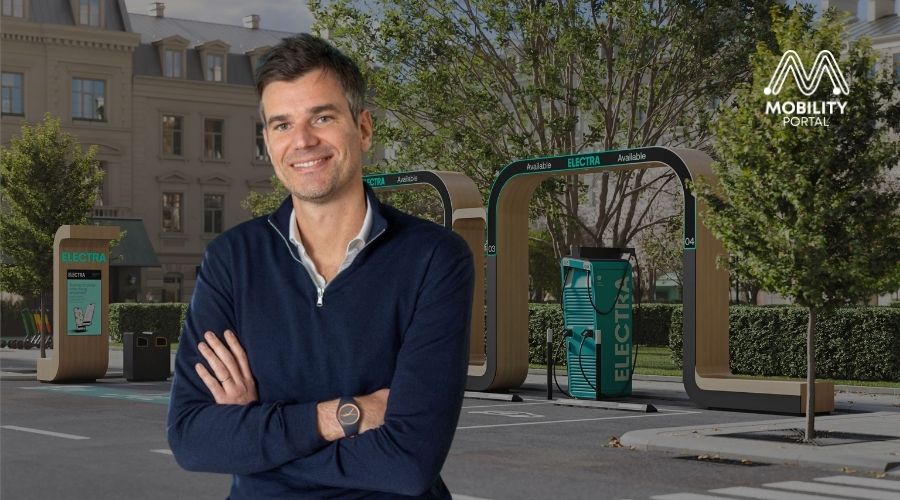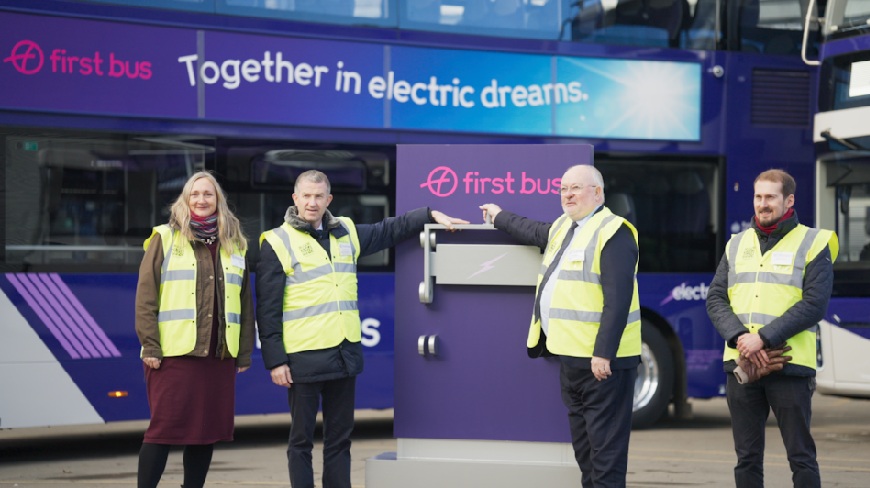The City of Buenos Aires, Argentina, is moving forward with a clear regulatory framework: it authorises up to 400 charging stations and sets out a single procedure for companies to submit projects, install, and operate them.
The plan defines in detail where the stations can be located, what type of power and connectors are required, how the process works, and who bears the costs.
With this move, the Buenos Aires City Government aims to accelerate the deployment of charging infrastructure without direct subsidies, relying on clear and predictable rules for private investment.
The regulatory framework
At the core of the regulation is Joint Resolution 1/SECT/25, which creates the Electromovilidad Porteña programme, approves the technical and safety standards (Annex I), and outlines the administrative process for public space installations (Annex II).
The Sub-secretariat for Mobility Planning and Road Safety is designated as the Regulatory Authority.
The resolution allows for precarious and revocable permits and provides for the publication of the City’s official charging station map.
There will be no central tendering process: any company that meets the requirements may submit its proposal via the TAD platform.
The Regulatory Authority verifies the documentation, coordinates inspections, and consults with relevant departments (Traffic, Environment, APRA, Urban Maintenance) before making a decision.
If approved, a five-year authorisation is granted, renewable upon request, and the operator has 180 days to carry out installation. All permits remain precarious, temporary, and revocable.
Who Can Install Charging Stations?
In public spaces, any interested party that meets the requirements of Annex I and II may request authorisation.
They must upload a location plan (ideally in .kml or .kmz format), insurance policies, an Environmental Aptitude Certificate (Category 6.3.6), proof of power availability from the utility company, a single-line diagram, technical specifications and certification of the charger by an accredited body, a sworn statement committing to OCPI compliance within 12 months, and written consent from the adjacent property owner.
In private spaces with public access (car parks, shopping centres, fuel stations), the process is managed by the AGC (SSIT/SGI). Once authorised, the charging point is added to the City’s official registry.
No specific financial requirements are needed to participate; the main entry barrier lies in meeting technical standards and securing electrical feasibility.
Operational guidelines
Charging points are allowed only on pavements in non-landmark parks and plazas, in front of public buildings, or commercial premises in Buenos Aires.
Installation on roadways is strictly prohibited.
A minimum of 1.20 metres of unobstructed pavement must be maintained. No more than two charging positions per block are allowed, with mandatory horizontal and vertical signage.
Historical façades must be preserved, and minimum distances must be maintained from trees (≥1.20 m), storm drains (≥0.80 m), and kerb lines.
In public space, each station must include at least one CCS2 DC charger of 22 kW or more and at least one Type 2 AC charger of 22 kW. Interoperability via OCPP 1.6 or higher is mandatory to report charger and connector status. Enclosures must meet IP54 and IK10 protection standards (IK08 for screens), and be resistant to impact.
For open-access private locations, Type 2 connectors (recommended ≥7 kW AC) and CCS2 DC are required where appropriate, along with compliance with AEA/IEC/IRAM standards for panels, conduits, and protective measures.
The Regulatory Authority may reject proposals at its discretion, with no right to appeal. Once authorised, the operator has 180 days to complete installation and must comply with inspections and reporting requirements. All permits are provisional and may be revoked.
Installation, operation, and removal are the sole responsibility of the provider. Each operator is free to set its own charging tariffs, without intervention from the City Government. However, the City reserves the right to introduce a fee for public space usage in the future. Providers must also offer a mobile app to show real-time availability and enable payment.
What the industry is watching
For operators, the framework provides technical certainty (connectors, power, OCPP, IP/IK ratings), a streamlined procedure, and tariff autonomy.
However, the temporary nature of permits and urban risks (site location, utility interference, pavement-only restriction, and limit of two points per block) weigh on the balance, along with the feasibility of sufficient power at each site.
With the rules now clear, competitive advantage will come from speed of approval, site quality, and the operator’s ability to maintain high availability and consistent user experience.
Checklist for applying today:
- Submit via TAD: location plan, insurance, APRA certification, utility feasibility, single-line diagram, charger datasheet and certification, OCPI commitment (≤12 months), and adjacent owner’s consent.
- Design equipment with CCS2 DC ≥22 kW + Type 2 AC ≥22 kW, OCPP 1.6+, IP54/IK10, and AEA-compliant protections.
- Install only on authorised pavements, max. two charging points per block, 1.20 m pedestrian clearance.
- Operation and maintenance fully borne by the provider, own tariff scheme, potential future fee for public space use.
DISCOVER MOBILITY PORTAL DATA
Introducing Mobility Portal Data, a new exclusive market intelligence platform offering reliable data and key insights for smart decision-making in the automotive sector—covering both internal combustion and electric vehicles, as well as charging infrastructure.
Research, trend analysis, and clearly organised statistics—all in one place.
With Mobility Portal Data, better decisions are just a click away.
READ MORE
-
Electra CEO outlines strategy: Czechia entry, spring opening, investment in Germany — others on hold
Aurelien de Meaux, co-founder and CEO of Electra, one of Europe’s best-funded CPOs, explains why they chose to enter the Czech Republic rather than Portugal or Poland, and outlines how they approach expansion. Which factors carry the most weight when deciding on a new market?
-
Basildon launches Essex’s first all-electric bus station after £30.6m transformation
The funding has delivered new high-capacity charging infrastructure at the depot, enabling buses to fully recharge overnight using Renewable Energy Guarantees of Origin (REGO) electricity.
-
Faconauto reclama más fondos para el MOVES: “El mercado avanza, pero las ayudas no llegan”
La patronal alerta de que el agotamiento del presupuesto en la mayoría de las comunidades frena operaciones ya iniciadas, pese a que las ventas electrificadas viven su mejor momento del año.









